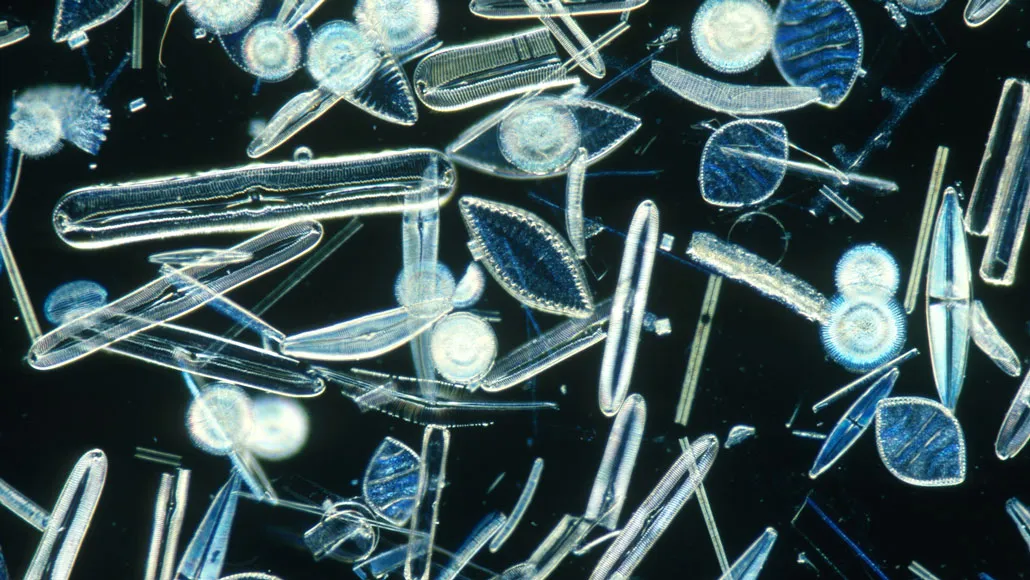Ocean acidification could weaken diatoms’ glass houses
More carbon dioxide in seawater slows the tiny algae’s ability to build silica cell walls

Diatoms’ silica cell walls help drag the tiny carbon-bearing algae down into the ocean when they die. But acidifying oceans can lead to thinner walls.
M.I. Walker/Science Source






